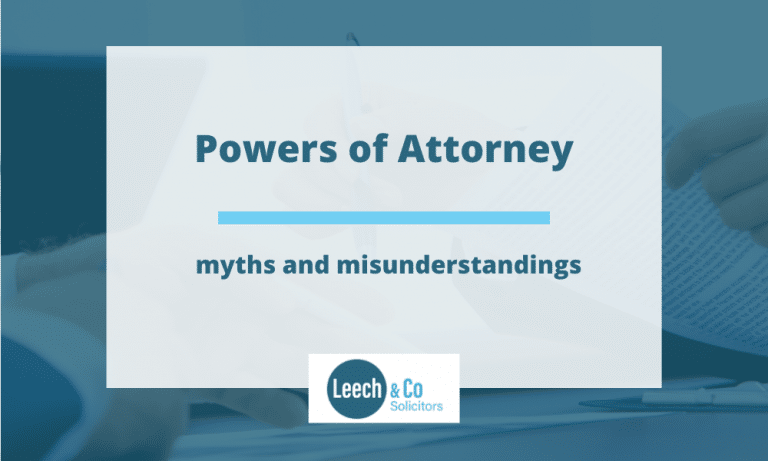The administration of the estate can involve legal, financial and tax issues and can become a complex, lengthy and time-consuming matter. All estates will be different, but administering them will generally include some or all of the following aspects:
- Identify if there is a valid Will or if there is no Will, identifying who can administer the estate. This can be straightforward, but it might involve making searches and enquiries, tracing missing relatives, making a family tree etc
- Identify your loved one’s assets i.e. money, property, possessions etc and their debts and liabilities i.e. loans, bills etc. This is to calculate the value of the estate. It will involve identifying and contacting all banks, building societies and companies to confirm the assets held by them. If the estate includes property, this will involve obtaining professional valuations of the property and/or or personal possessions
- Apply to the Probate Registry for a Grant of Probate or, if there is no Will, for a Grant of Letters of Administration. This application will also require submitting an inheritance tax return even if there is no tax due to be paid. If inheritance tax is due to be paid, then this must be paid from your loved one’s estate.
- When the Probate Registry has issued the Grant of Probate or Letters of Administration, the assets of the estate must be liquidated. This could include selling or transferring any property, closing bank accounts, collecting in the proceeds of investments and life insurance policies etc. The debts and liabilities of the estate must then be paid as well as any administrative expenses and further tax.
- When the above steps have been completed, the balance of the estate must be distributed in accordance with the terms of the Will (or, if there is no Will, the Intestacy Rules) to the Beneficiaries.
- The Executor(s) must then prepare Estate Accounts to confirm all payments have been made and received by the estate.



